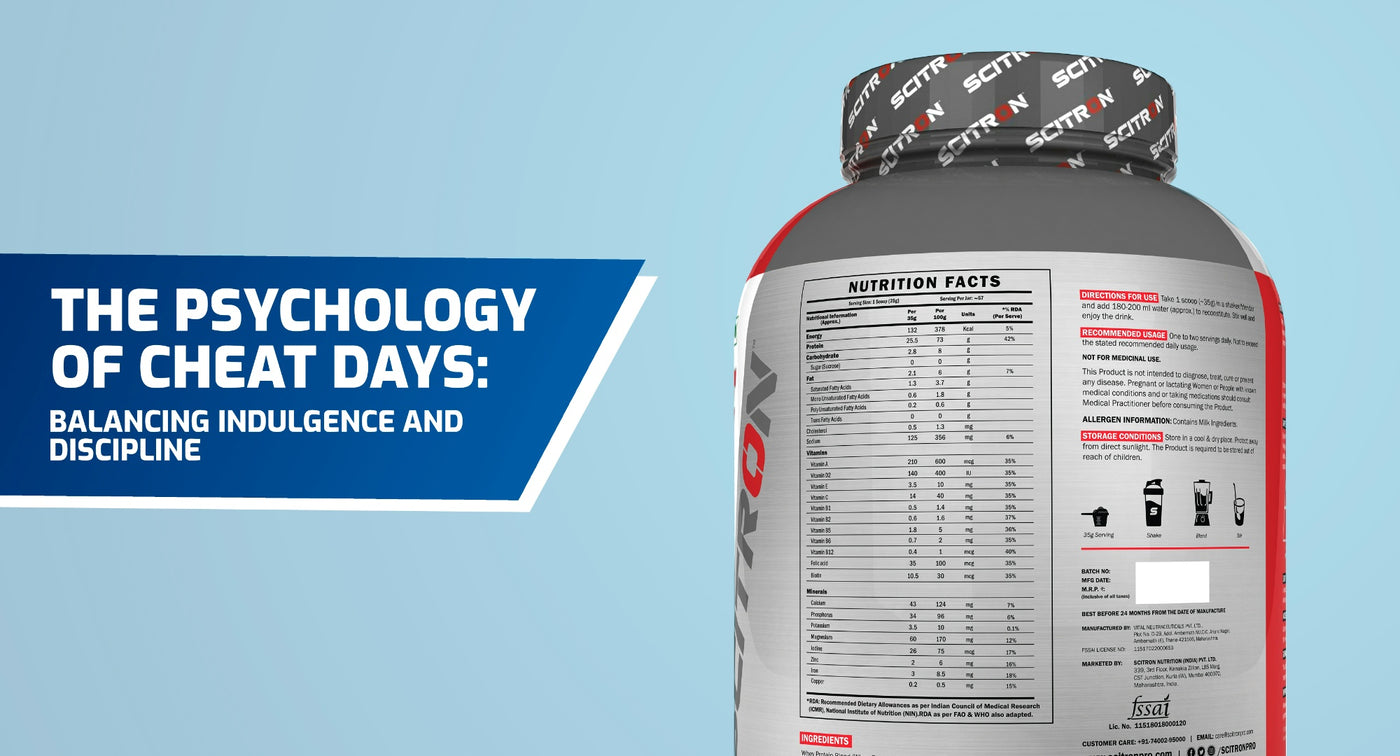When you stroll down the aisles of a grocery store, you may often find yourself glancing at the nutrition labels on different food products. But do these labels really provide relevant information to the potential consumer? Let’s delve into the significance of nutrition labels and examine whether they offer meaningful insights for consumers making informed choices.

Credit: medium.com

Credit: scitron.com
The Importance of Nutrition Labels
Nutrition labels are designed to provide consumers with vital information about the nutritional content of food products. They offer valuable details about serving sizes, calories, macronutrients, and micronutrients present in a particular food item. By analyzing these labels, consumers can make informed decisions about their dietary choices.
Key Components Of Nutrition Labels
The fundamental components of a nutrition label include:
- Serving Size: This indicates the recommended serving size and the number of servings in the package.
- Calories: The amount of energy provided per serving.
- Macronutrients: Information about fats, carbohydrates, and proteins present in the product.
- Micronutrients: Details about essential vitamins and minerals in the food item.
- % Daily Value: This informs consumers about the percentage of nutrients present based on a 2,000 calorie diet.
Evaluating The Relevance Of Nutrition Labels
With the basic understanding of what nutrition labels entail, it’s crucial to assess whether they truly provide relevant information to potential consumers.
Do Nutrition Labels Offer Meaningful Insights?
In general, nutrition labels do offer relevant information to potential consumers. They empower individuals to understand the nutritional composition of the food they consume, assisting in making informed dietary choices. By clearly displaying important metrics such as serving sizes, calorie content, and nutrient percentages, these labels serve as a valuable tool for health-conscious individuals.
However, it’s important to acknowledge that nutrition labels do have their limitations. For instance, consumers may find it challenging to interpret the % Daily Value for various nutrients. Moreover, the presentation of serving sizes may not always align with real-life consumption habits, leading to confusion regarding actual calorie and nutrient intake.
Proposed Improvements
While the existing nutrition labels provide fundamental information, there is room for enhancements to better serve consumers. This could involve simplifying the formatting of % Daily Value and offering more practical serving size references that align with typical eating habits.
Emerging Trends In Nutrition Labeling
As the focus on healthy eating continues to grow, there has been an increase in the use of front-of-package labeling. These labels highlight key nutritional aspects such as calorie content, added sugars, and essential nutrients, aiming to provide consumers with immediate insights when making purchasing decisions.
The Role of Technology
Furthermore, advancements in technology have paved the way for digital nutrition labels and mobile applications that allow consumers to scan products and obtain comprehensive nutritional information. This seamless access to detailed data can significantly aid consumers in better understanding the nutritional value of the items they intend to purchase.
Frequently Asked Questions On Unveiling The Hidden Truth: Decoding The Nutrition Label’s Relevance For Potential Consumers
How Do Nutrition Labels On Food Products Help Consumers Make Informed Choices?
Nutrition labels provide important information such as calorie content, serving size, and nutrient composition that help consumers make informed decisions about their food choices.
What Are The Key Components Of A Nutrition Label Found On Food Products?
A nutrition label typically includes information on serving size, calories, fat content, protein content, carbohydrates, vitamins, and minerals, giving consumers a comprehensive overview of the product’s nutritional profile.
How Does The Information On A Nutrition Label Help Consumers Manage Their Dietary Needs?
The information on a nutrition label enables consumers to assess the nutrient content of a food product and make choices that align with their specific dietary needs, such as monitoring sodium intake or choosing foods higher in fiber.
Are Nutrition Labels Reliable Sources Of Information For Consumers?
Yes, nutrition labels are reliable sources as they are regulated by government authorities and must adhere to specific guidelines, ensuring accurate and consistent information for consumers to rely on when making food decisions.
Conclusion
In conclusion, while nutrition labels do offer essential information to potential consumers, there is still scope for refinement to enhance their effectiveness. By considering the challenges and embracing emerging trends in nutrition labeling, it becomes possible to provide consumers with more comprehensive, user-friendly, and easily understandable information that facilitates informed decision-making. Empowering individuals with the knowledge to make healthy dietary choices remains paramount, and further developments in nutrition label presentation and accessibility can contribute significantly to achieving this objective.
